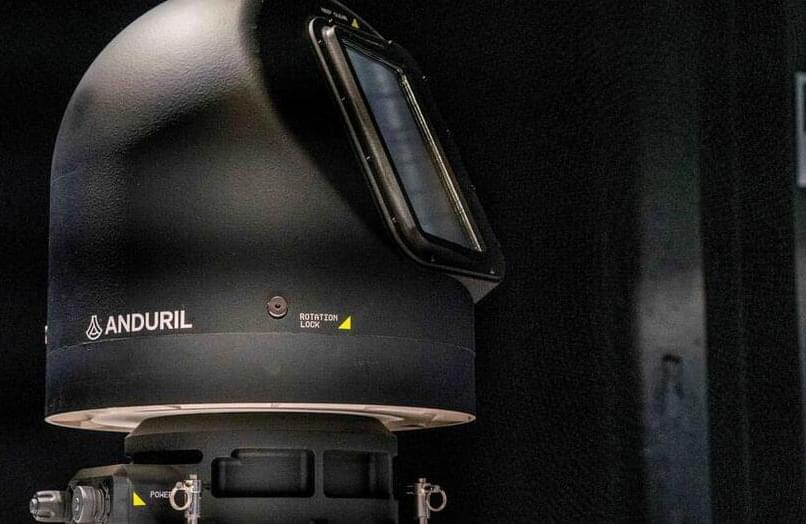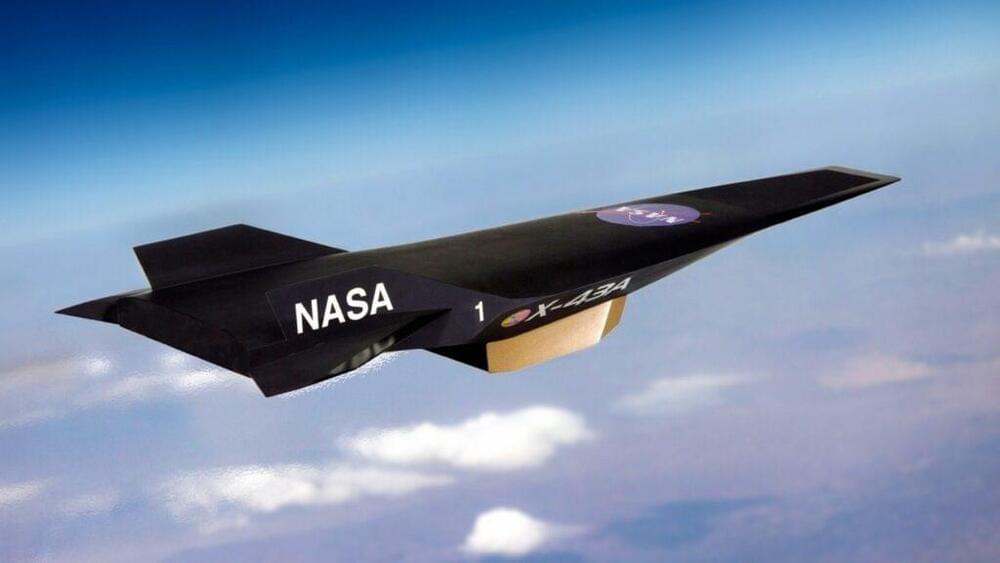This groundbreaking 2D material boasts 100 trillion mechanical bonds per square centimeter, offering unmatched strength without the weight. Discover how this innovation could redefine military armor and keep our heroes safer than ever.
Category: military – Page 9
Commonwealth Fusion Systems (CFS) is developing a tokamak device called SPARC. The company aims to demonstrate the critical fusion energy milestone of producing more output power than input power for the first time in a device that can scale up to commercial power plant size. However, this achievement is only possible if the plasma doesn’t melt the device.
Researchers from CFS and Oak Ridge National Laboratory (ORNL) have collaborated on fusion boundary research through a series of projects, including ORNL Strategic Partnership Projects and Laboratory Directed Research and Development projects, work under the Innovation Network for Fusion Energy (INFUSE), and other work in partnership with General Atomics.
Throughout this collaboration, ORNL has developed simulation capabilities required to address critical and time-sensitive design issues for the SPARC tokamak.
This episode focuses on the basic concepts and misconceptions of wars fought in space and examines the notions of weapons, defenses, stealth in space, and the distance involved.
Anduril, a technology start-up that designs autonomous systems and weapons for government agencies and the military, plans to build a $1 billion factory in Columbus, Ohio, the company said on Thursday.
It said the factory, called Arsenal-1 and described as a “hyperscale” plant, would bring more than 4,000 job to Ohio and eventually produce tens of thousands of autonomous systems and weapons each year.
“We will be creating with our partners in Ohio something that does not currently exist” at such a scale, Anduril’s chief strategy officer, Chris Brose, said in a briefing with reporters. The company has worked closely with state officials on the project and has secured tax breaks to locate it in Columbus.
Key Points and Summary: NASA’s X-43A hypersonic research aircraft made history in 2004 by reaching Mach 9.64, or 6,363 mph, at an altitude of 110,000 feet.-Powered by a cutting-edge scramjet engine, the X-43A demonstrated the efficiency of air-breathing propulsion for hypersonic flight.-Developed as part of NASA’s “better, faster, cheaper” program, the X-43A was […].
Saber teeth – the long, sharp, blade-like canines found in extinct predators such as Smilodon – represent one of the most extreme dental adaptations in nature.
They evolved at least five times throughout mammalian history and are a classic example of convergence, which is when similar structures evolve independently in unrelated animal groups.
With no living representatives, scientists have long debated how these predators used their fearsome teeth, and why this extreme tooth shape evolved so often.
In a moment of chaos, a Tesla Model Y owner found salvation. His vehicle’s Bioweapon Defense Mode played a crucial role during the Palisades Fire.
The Palisades Fire has consumed over 5,000 acres. NBC News paints a bleak picture, with thousands fleeing their homes.
Tesla owner @JosefInvesting shared his story on social media platform X.
Dr. Marcia McNutt — President, National Academy of Sciences — Shaping Culture & Conduct Of Science
Posted in biotech/medical, chemistry, government, health, military, robotics/AI, science | Leave a Comment on Dr. Marcia McNutt — President, National Academy of Sciences — Shaping Culture & Conduct Of Science
Shaping The Culture & Conduct Of Science — Dr. Marcia McNutt Ph.D. — President, National Academy Of Sciences
Dr. Marcia McNutt, Ph.D. is President of the National Academy of Sciences (https://www.nasonline.org/directory-e…), where she also chairs the National Research Council, the operating arm of the National Academies of Sciences, Engineering, and Medicine, and serves a key role in advising our nation on various important issues pertaining to science, technology, and health.
From 2013 to 2016, Dr. McNutt served as editor-in-chief of the Science journals.
Dr. McNutt is a geophysicist who prior to joining Science, was director of the U.S. Geological Survey (USGS) and science adviser to the United States Secretary of the Interior from from 2009 to 2013. During her tenure, the USGS responded to a number of major disasters, including earthquakes in Haiti, Chile, and Japan, and the Deepwater Horizon oil spill.
Dr. McNutt led a team of government scientists and engineers at BP headquarters in Houston who helped contain the oil and cap the well. She directed the flow rate technical group that estimated the rate of oil discharge during the spill’s active phase. For her contributions, she was awarded the U.S. Coast Guard’s Meritorious Service Medal.
Author: Agnes Chan // Editor: Erin Pallott
I believe most of you have seen that in movies life-threatening events are often depicted in slow motion. Have you ever wondered that it may be true that time is slowed down during certain events? There are several situations in which time was reported to have slowed down or things appeared to happen in slow motion. For example, people often report time slowing down during car crashes or other high-adrenaline situations. These situations are often associated with high levels of fear and danger. If time appeared to be slowing down, it implies that the speed of the internal clock increased during the event. Similar phenomena were reported in military firefights and professional players of high-speed sports reporting their opponents moving in slow motion. It can also be seen in more ordinary events like anxiously waiting for a doctor’s appointment and the passing of time felt slower.
Researchers are developing a groundbreaking, non-medication approach to combat insomnia, particularly in military personnel.
By using a novel brain stimulation technique that targets specific brain networks, the team led by William “Scott” Killgore aims to significantly enhance sleep quality and readiness in service members. Their promising initial results have led to a larger study to further validate and refine this technology.
Military Sleep Challenges









